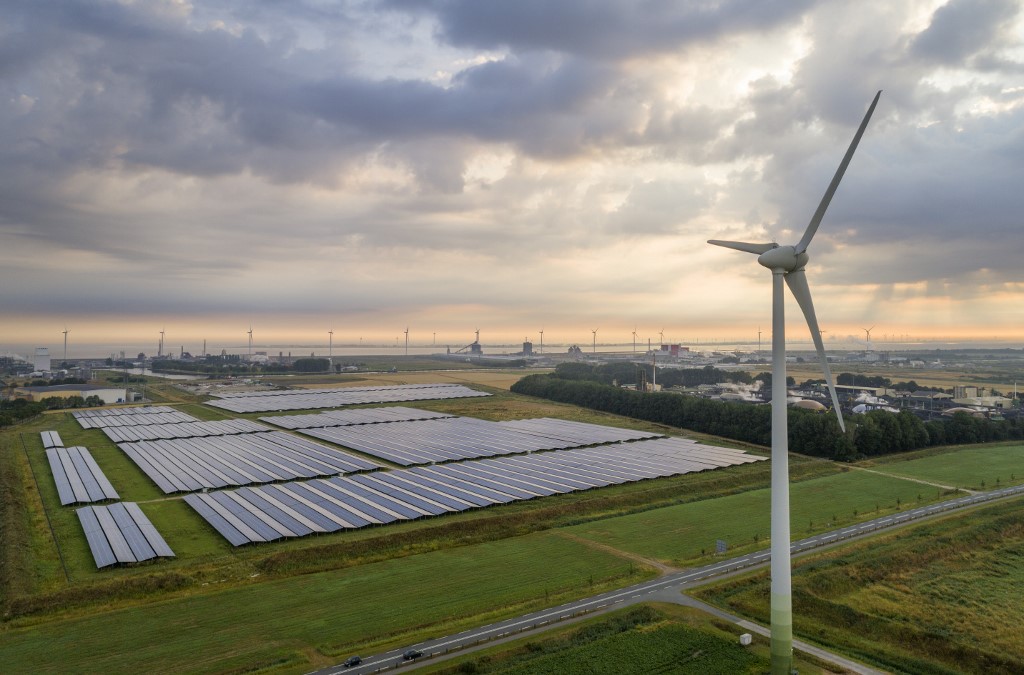As most major global central banks run out of ammunition and look to lawmakers to boost national economies, there is one standout when it comes to the ability to still use monetary policy tools effectively – China.
The People’s Bank of China (PBoC) kept its medium-term lending facility (MLF) rate, which has the Loan Prime Rate set as a spread above, unchanged last week at 2.95%. It is already at its lowest since its introduction in 2014. The one-year LPR is currently at 3.85%, while the five-year tenor was at 4.65%.
The Loan Prime Rate, which is set on the 20th of each month, remained unchanged on Wednesday (today). Commercial banks left the LPR on hold.
“Yes, the PBoC has a lot of policy room left,” Louis Kuijs, the head of Asia Economics at Oxford Economics, said. But he noted that interest rates can only be expected to be higher in countries with higher nominal growth.
“But, it remains true that China’s interest rates are still comfortably above 0. And the RRR is also relatively high.”
The MLF now acts as a guide for the PBoC’s new lending benchmark Loan Prime Rate (LPR).
Global central banks have pulled out all stops to cut rates aggressively in a coordinated move as the world economy dives to its deepest slump since the Great Depression. Even as policymakers empty their toolkit, the infection count is rapidly approaching the 5 million mark worldwide, underlining the challenges of reining in a pathogen that has left over 320,000 dead.
The Asian Development Bank has forecast that the global economy could lose up to $8.8 trillion this year as a result of the restrictions imposed by authorities to contain the pandemic.
“The ability of central banks to loosen policy in order to support aggregate demand has been limited by the low level of bond yields across the curve, as well as growing scepticism about the benefits of cutting interest rates into negative territory,” Neil Shearing, chief economist at Capital Economics, said.
Federal Reserve chairman Jerome Powell has signalled the US central bank will not pursue a negative interest rate policy even as rate futures indicated sub-zero levels by next year.
Bank of England Governor Andrew Bailey and Bank of Japan Governor Haruhiko Kuroda have both indicated their preference for bond purchases to keep borrowing costs low, even as political leaders like the US President remain vocal about their support for a negative interest rate policy.
This is in sharp contrast with the PBoC which has calibrated its approach over the past several years.
“It may be saving some ammunition and it may also be cautious about tensions with the US and possible spillover onto the RMB (currency),” DBS economist Eugene Leow said.
He said real rates in China remain high with the recent decline in CPI and PPI numbers, surprising the consensus.
Last week, China reported an unexpected drop in consumer and wholesale prices as demand turned anaemic, clearing the way for authorities to cut interest rates and push through an inflated bond issuance programme to fund the increased fiscal spend.
“We think that the PBoC will continue calibrated easing, although the big bang type, like the Fed’s 150bps cut, is probably out of the question,” DBS’s Loew said.
Analysts at Standard Chartered Bank expect to see China’s de facto budget deficit rising to at least 9% of GDP this year from 5.6% in 2019, including 3.5% in the official budget deficit to be announced at the National People’s Congress, commencing this Friday.
China’s annual parliamentary gathering is expected to announce a lower growth target and greater fiscal support for the world’s second largest economy, while outlining an enhanced bond issuance programme.
To facilitate this programme the PBoC will dip into its tool kit, although unlike other central banks, rate cuts will not be aggressive.
“In our baseline for China – which includes a significant recovery from Q2 onwards – we anticipate some further interest cuts this year, in terms of both the short and longer- term policy rates, but not large ones. In the eyes of the PBoC, ensuring margins for the banks is a key constraint. Thus, in our view, only in significantly worse downside scenarios would we see substantially lower interest policy rates,” Louis Kuijs said.
It is exactly for this reason that global fixed-income investors interest in China’s bond market has been rising despite the spectre of increased supplies.
“Liquidity will remain abundant and interest rates will slowly head lower. In this environment, China Government and Policy bank bonds will remain well supported,” Brad Gibson, co-head of Asia Pacific Fixed Income at Alliance Bernstein, said.
“Compared to markets such as the US, Europe, Japan and now even Australia, New Zealand, etc, where bond yields are now very close to or at their low bounds, assuming policy rates go no lower as these Central banks have indicated.. for the time being, then China bonds screen as an attractive investment.”
Trade growth ‘unsustainable’ if virus not controlled
Meanwhile, China’s minister for industry and information technology warned on Wednesday that the country’s trade growth is not sustainable unless the coronavirus pandemic is brought under control.
China’s exports saw a surprise increase in April, partly because of rising medical product shipments, as production resumed after months of closures to control the outbreak.
But Miao Wei told a news conference that “although our imports and exports in renminbi terms from January to April have increased moderately, I think that if the global pandemic cannot come under effective control, this is unsustainable,” AFP reported.
To drive economic growth, the country will “rapidly actively domestic demand” to make up for weakness in the international market, he said.
With additional reporting by AFP
ALSO READ: China urged to loosen shackles on SME bond market
























